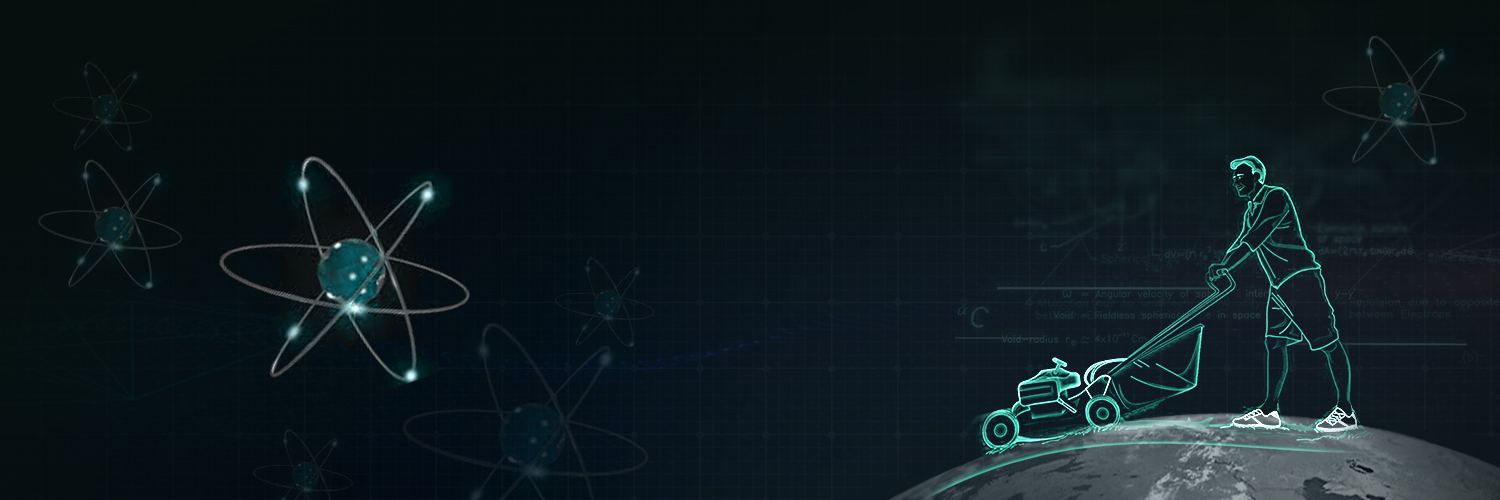
Scalar quantities
Vector quantities
Discovery of Cell:
It is the length of actual path traversed by a body between its initial and final positions, irrespective of the direction in which the body travels.
COMPARISON BETWEEN DISTANCE AND DISPLACEMENT
| DISTANCE | DISPLACEMENT |
| The distance travelled refers to the actual length of the indirect path. | Displacement refers to the straight line path between the initial and the final positions. |
| Distance is a scalar quantity. | Displacement is a vector quantity. |
| The distance travelled by a moving body cannot be zero | The final displacement of a moving body can be zero. |
| Direction doesn’t matter | Direction matters |